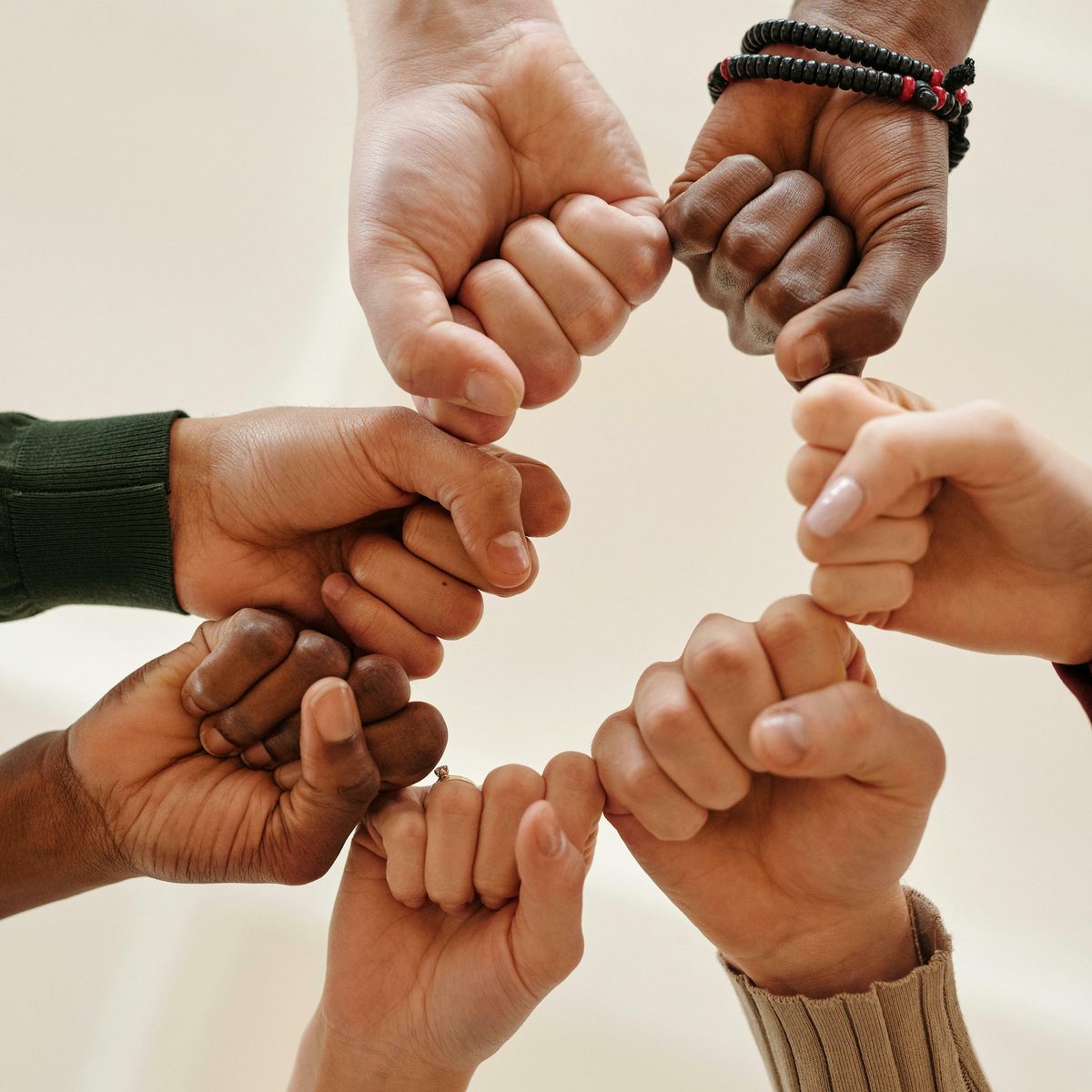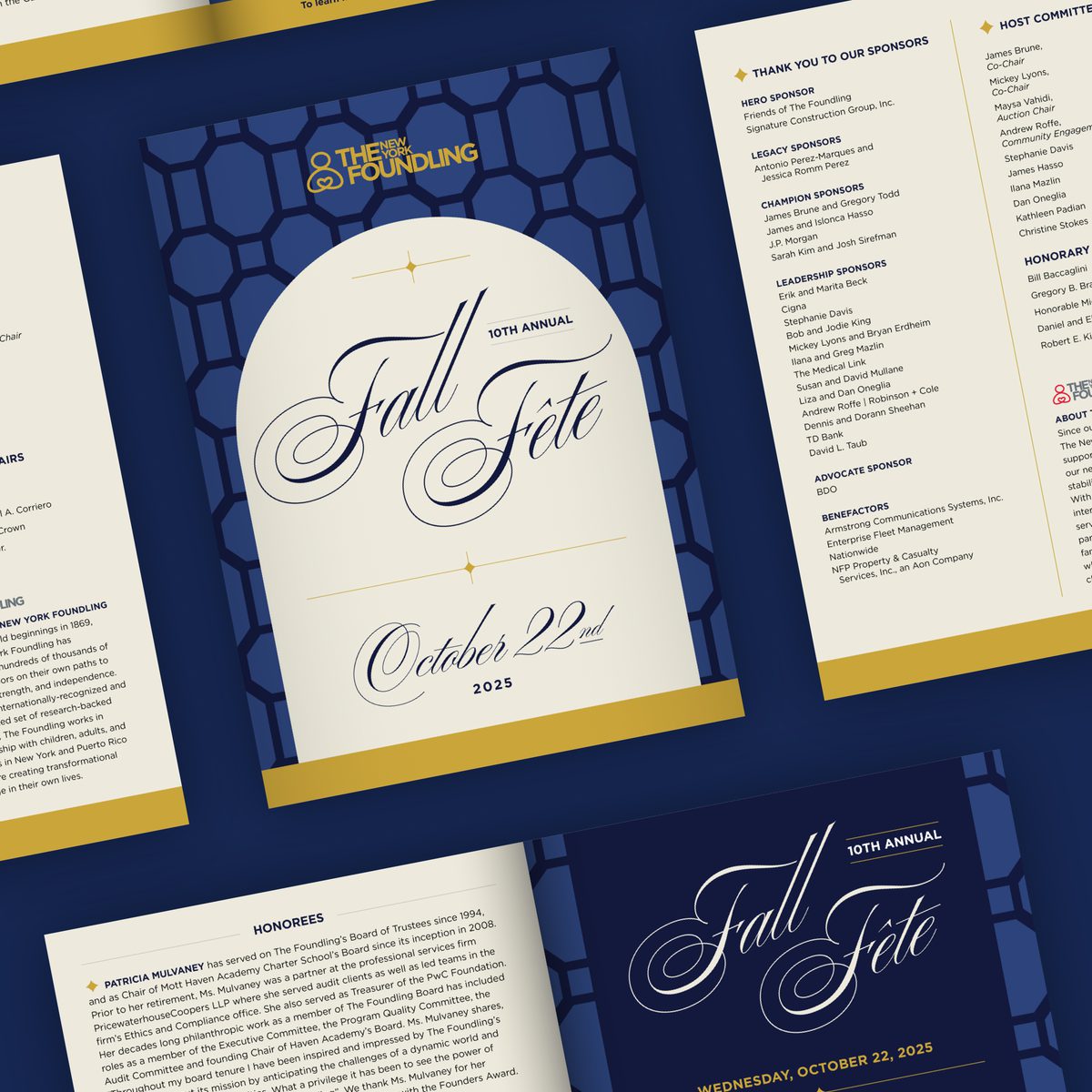- Expand Your Marketing and Outreach

- Expand Your Marketing and Outreach
Audience personas: a simple process for creating and using them
Understanding your audience is key to effective communication. Putting the people you want to engage first can help you and your team tailor your website, email, and other outreach content to meet their needs. Organizations that we have worked with know their audiences well, but they don’t always apply that knowledge in their content creation. This article will guide you through a simple process to define, document, and apply your audience knowledge. This is the same process we have used dozens of times with our client partners to successfully deliver people-first design solutions.
Step 1: Gather information with an audience worksheet
Start by having key stakeholders complete an audience worksheet. We use a Google Sheet that asks for basic information about your organization’s key audiences. Here are the prompts (columns) included in our worksheet:
- Audience group (Collaborator, Community, Member, Supporter, ...)
- Audience title
- Audience need
- What solutions do we offer that address audience need?
- What actions do you want this audience to take?
The first two prompts work together. Sometimes you may have multiple types of Supporters for example. These might include individual donors and corporate partners. The audience group can be used along with audience title to detail a group of related audience types.
From our experience, organizations often find this exercise insightful and straightforward. You, like our client partners, likely know a lot about the people you are trying to engage. We find sometimes the challenge is how much you know and how easy it can be to identify a half dozen or more. For this first step we encourage you to detail all your groups. Capture all your audiences with concise details to answer each of the prompts above.
In the next step, you will work to analyze and consolidate the information you have gathered.
Audience Worksheet
Step 2: Analyze and consolidate audiences
How many audiences did you identify? Did you end up with six or more? If so, the next step is to analyze your data to identify similarities and overlaps among the audiences. Your goal is to hone your list of audiences to just a few, if at all possible.
When creating new communications it can be hard, if not impossible, to meet the needs of a half dozen or more audiences. Focusing on 1-3 is so much easier. You can put yourself in their shoes and make your communication work for them.
For each audience, include the information shared in the worksheet:
- Who are they?
- What do they need?
- What solutions do we offer that meet their need?
- What actions do we want them to take?
Using AI tools can be helpful in this step. We like to use a generative AI tool like ChatGPT to do a first pass at our audience analysis. Before doing so, consider your data and privacy. In our experience, the information captured in the audience worksheet is general and does not contain any personal or private data. If ever this was not the case, we would either modify the collected data to remove private information or not use AI.
If your data gets the all clear to share with AI, you can export your Google Sheet to a CSV file. Then, upload it along with a prompt like the following.
The attached spreadsheet is audience information to help inform our nonprofit’s communication efforts. I am interested in you summarizing this information into a collection of audience personas.
Each persona should have a title and a brief description of who they are. A bulleted list of their needs. Another bulleted list of the offerings the organization has to address their needs. Finally, detail the desired action(s) we strive for them to take.
Important Instructions:
- Each row in the spreadsheet represents a different audience. Ensure that every audience listed in the spreadsheet is analyzed and included in the personas you share back.
- Suggest opportunities to consolidate audiences where needs and goals overlap or are very similar. When this happens, reframe a persona so it applies to the combined audiences.
- Aim to create as few audience personas as possible. Our goal is 5 or less, but ensure no unique needs, context, or solutions are missed.
- After completing an initial analysis compare what you have done to the spreadsheet to ensure no audience or important details were missed.
- Include a summary at the end detailing which audiences were consolidated into others to help review the work.
Our goal is to have a comprehensive yet concise set of personas that effectively capture the needs and actions of our diverse audience.
After the AI provides a draft, review it against the worksheet to refine the personas. Make sure the AI did not leave any key details (or people) out. This is critical, as the AI in our experience always leaves some details out and/or handles consolidation in a way we’d do otherwise. But even with flaws, it can be a notable time saver.
Step 3: Name, document, and share your personas
Your audience personas should be easy to remember and apply in daily work. Here are few simple tips as next steps.
- Name or label your audience personas in a way that will be easy for everyone to remember them.
- Document your personas somewhere that is accessible for you and your team when you need to refer to them. Include these personas in a communication or messaging guide for your organization. This guide should be available to everyone involved in creating public-facing content. We store the ones created with and for clients alongside all our client work details in Notion.
- Share your polished draft with your teammates for feedback. Buy in from your team is important to help everyone own and use them.
Step 4: Apply your personas
When creating any public-facing content, keep your audience personas in mind. Here are some general tips on how to use your personas:
- Identify the persona: Before starting any new communication project, ask yourself, "Which persona is this for?" This helps you tailor your message to a specific audience.
- Clarify their needs: While drafting or editing, ensure you are meeting the persona’s needs. Ask, "Is their need clear in this communication?"
- Align with desired actions: Make sure the action you want them to take aligns with what motivates them. Consider, "Is the action in alignment with our persona?"
- Consistency: Use consistent language and messaging that resonates with the persona. This builds familiarity and trust.
- Empathy: Put yourself in their shoes. Think about their challenges and motivations as you create content.
Step 5: Evolve and revise your personas
As you apply personas to your work you will learn more about them. Sometimes this may inspire ideas to revise your documented personas so they can work better for you. Update them based on new information and perspectives that arise through regular application. This ensures they remain relevant and accurate over time.
Share with partners
Don’t forget to share your audience personas with any partners you work with. This helps ensure consistency in messaging. It will lead to more cohesive and effective communication efforts.
Your action plan
Documenting your audiences into personas doesn’t have to be complicated. By following this simple process, you can create audience personas that help you craft more effective communications. Remember, the goal is to have a small number of personas that you can apply to all your outreach efforts. This helps messages meet the needs and goals of your key audiences.
- Complete an Audience Worksheet: Gather key stakeholders and fill out the worksheet.
- Analyze and Consolidate: A small number of audiences is easier to remember. If you draft a lot of audiences in your worksheet you will want to work to consolidate them down to few. If appropriate, use AI tools to help.
- Make your persona’s memorable and available for all to use: Name your personas so they are easy to remember. Include them in your communication guide and share with your team.
- Apply Your personas: Use these personas in all your communications to ensure they put your audience(s) first.
- Update your personas: As you work with them you may have ideas to improve them. Have a process to update them. Keep your personas current and relevant.
By taking these steps, you’ll be well on your way to creating more engaging and effective communication for your nonprofit organization.
More Articles
- Expand Your Marketing and Outreach
A thoughtful approach to nonprofit event branding
- Expand Your Marketing and Outreach
Expert-backed tips to boost donations through your website
Mightier Newsletter
Join our community of nonprofiteers and the partners that support them. Our monthly newsletter includes resources with small and mighty teams in the social sector in mind – sharing tips to help with content creation, website use, marketing, and more.
SubscribeBrought to you by MOD-Lab
At MOD-Lab, we're the thoughtful design partner for small teams like yours doing big things in the social sector. We create memorable branding, design materials, and websites that showcase the quality of your work and reflect your true impact.


